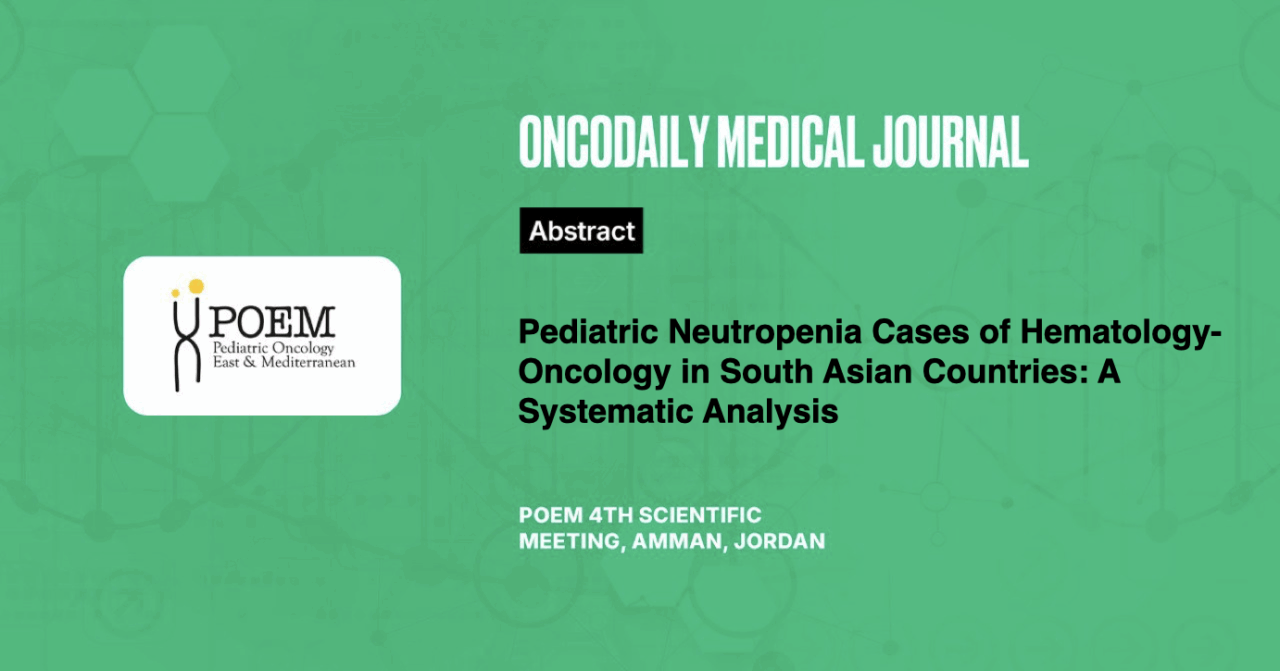Pediatric Neutropenia Cases of Hematology-Oncology in South Asian Countries: A Systematic Analysis
Abstract
Introduction: Neutropenia is a frequent hematological condition in pediatric cases, mainly in those who are administered anti- cancer therapy. Chemotherapy-induced neutropenia is very common in pediatric oncology, but the overall burden is also contributed by infectious and congenital conditions. This study aims to assess the occurrence, etiology and management approaches for pediatric neutropenia cases systematically in the South Asian region focusing on the treatment and the outcomes.
Methodology: A systematic literature review was done to find the published studies from South Asian countries addressing pediatric neutropenia cases related to hematology-oncology. PubMed, Scopus and Google Scholar databases were searched for published articles between 2010 and 2024. In total 40 articles were selected to extract the data focused on the incidence, etiology, treatment approaches and outcomes across the region.
Results: It was found that the most common cause of neutropenia in pediatric oncology cases is chemotherapy-induced in South Asia with 40% to 60% prevalence in countries like India, Pakistan and Bangladesh. Transitory neutropenia is also contributed by infections like malaria, dengue and tuberculosis. Treatment approaches differ considerably with developing countries having better access to contemporary therapies like granulocyte colony-stimulating factor while less developed countries face restrictions for accessing the treatment. The main obstacles to effective management of the ailment include socioeconomic disparities, inadequate healthcare infrastructure and partial access to specific diagnostic tools.
Conclusions: In the South Asian region, pediatric neutropenia is mostly chemotherapy-induced but it is complicated by infections and to a lesser extent by congenital situations. There are significant healthcare challenges that include timely diagnosis, limited access to advanced strategies and socioeconomic conditions. By addressing these gaps, improved clinical outcomes can be attained for children suffering from neutropenia.





